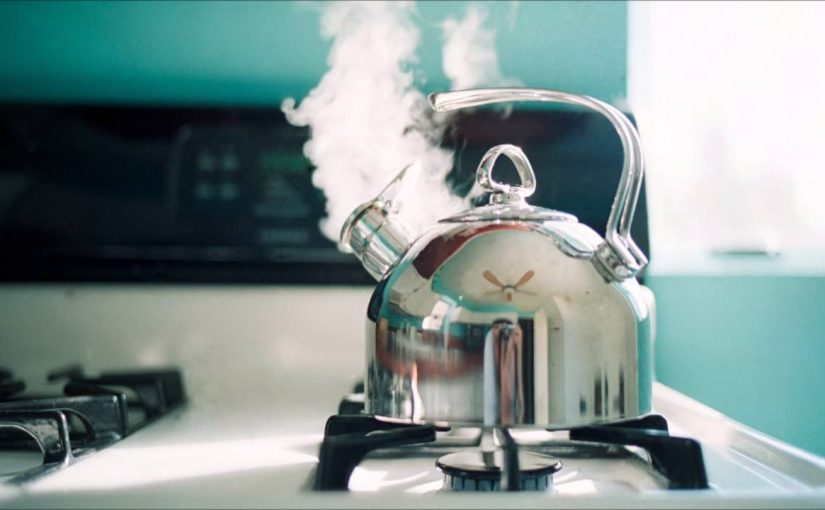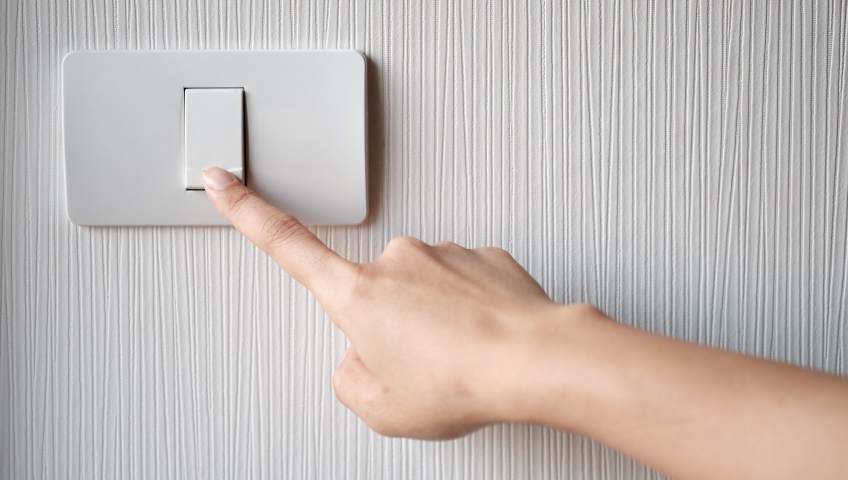If you are making a vegetable pulav, do you boil the rice first or chop the vegetables? If you want to learn Android, do you download the software first or start reading the tutorials? If you answered the first choice in both cases, then you are on the right track. You have the ability to spot invisible, trivial, but important tasks that need to be kick-started and performed in the background, while you move onto focus-requiring important tasks.
Life is full of tasks where you pay active attention to what you are doing. You can only do one, or at most two, such activities at a time. Let’s call them hands-on tasks. However, some other tasks chug along merrily in the background not seeking your undivided attention. But they need you to kick-start them before you walk away. Ideally, you want the results of such tasks to be ready by the time you are done with your hands-on tasks. These tasks are called hands-off tasks.
Often, the most productive days in your life are when you remember to start the hands-off tasks, with their results waiting for you when you need them. You sail smoothly from one activity to another in a seamless fashion.
The necessary, but invisible minions
In the examples in the introductory paragraph, you’d want to place raw rice inside a cooker and turn it on, before you turn your attention to the vegetables. This way, you may have rice ready by the time you are done with the vegetables. Or at least, you have to wait for less time. If you start downloading Android tools first before moving to the tutorials, then by the time you are done reading the basics and are ready to follow the tutorial along for a ‘Hello, World’ Android app, your programming tools will be ready.
To enjoy a perfect ice-cream, it needs to set in the fridge for a couple of hours. To get that perfectly red mehendi dye on your palms by the time Sangeet starts, the mehendi needs to go on your palms and work its magic for at least 2 hours. For your warm water bath on a cold winter morning, you need to remember to switch on the geyser so that the water is warm by the time you are ready to step into the shower. For an 18-hour flight that will take you half way across the globe from Mumbai to New York, you still need to catch the flight at the airport.
To enjoy the results of hands-off tasks chugging in the background, you need to remember to flip the switch that sets those tasks in motion. Hands-off tasks are a boon in that you don’t need to actively work on them. You let a machine, a team, a chemical or a service work on the things that you need later. But to get to that desired future point of time, you need to act now. Some hands-off tasks take painstakingly long. So long that if you forgot to start them today and the results are not available by the time you need them, you should postpone and restart tomorrow. E.g. soaking dried rajma (kidney beans) in water and then cooking them, so that they are soft enough to eat.
Staying on top of hands-off tasks
In the book, Work Clean, the author Daniel Charnas talks extensively about the importance of prioritising tasks. With the example of some of the best chefs in the world, he has studied the systems that allow these chefs to complete multi-course meals on time for an entire restaurant of high-profile customers. These chefs emphasise the importance of getting the order of your tasks right and remembering to turn your hands-off tasks on in time. It is very important for them to turn on their gas, oven and cooker and then prepare their marinades very early in the day, so that when they need heated, boiled, semi-cooked or flavoured ingredients half an hour or even half a day later, they will have everything ready. If they were to forget, it would mean wasted minutes or even hours and a scrambled rush to get things done on time. Let’s take the most important points from that book and learn how to stay on top of hands-off tasks.
A 5- step guide to master hands-off tasks
1. Start the previous evening
Hands-off tasks may work in the background, but they need to be in your conscious memory and attention, so that they get started. It is also important to get the order of these tasks right in order to enjoy maximum productivity. If you have work that involves hands-off tasks, then you should take them seriously and work at prioritising them. Hence it is necessary to give it sufficient thought and plan a day earlier.
Let’s say that you want to make vegetable pulav tomorrow. Or clean your bathroom. Or receive guests at your home on a really warm day. The key is to start planning for these the previous evening.
2. Plan your hands-on tasks on paper / an app
The first step is to identify all the hands-on tasks that are required to make the work happen. These are tasks that you will actively work on. You need to make a list of all activities you will do with your full attention.
E.g. To make the pulav, you need to chop vegetables, saute them, mix cooked rice to them and add marinated masala. To clean your bathroom, you need to scrub the tiles, wipe the mirror, wipe the taps and nozzles, and swab the floor. To welcome guests at home, you need to offer them a cool drink and usher them into the guest room pre-cooled with an air-conditioner. You need to give them your Wi-Fi password and tell them the way to the bathroom and the toilet.
3. Identify your workspace
Along with the activities that you consider doing, you should also consider the environment you will work in and the tools you need. This gives you an idea of what needs to be set up before and during your work.
You will make pulav in your kitchen. Your workspace will have a stove, bowls, cutting board, knife and so on. Pulav also needs ingredients like rice, vegetables and masala. To clean your bathroom, you need brushes to scrub, cloth or tissue to wipe, detergents and cleaning agents. The guests will be in your guest room, which requires an air-conditioner and should be within sufficient range of Wi-Fi. You will use cool drinks and glasses from the kitchen.
4. Identify requirements for hands-on tasks and workspace
It is now time to work back from your hands-on tasks and the workspace and find what you need to have them ready. You should imagine yourself starting the work and moving through each step. Visualisation is the key. For each task, you should work back and ask yourself what should be ready. The tasks that get things ready should be noted down.
To make pulav, your rice must be boiled and masala must be marinated before-hand. Your pots and pans must be clean and dry. To clean the bathroom, you may need to spray stain agents on the tiles an hour before you start scrubbing. Before your guests arrive, you must have their cool drink ready. The air-conditioner should be switched on thirty minutes before their arrival. If your Wi-Fi network is configured to accept connections from only certain devices, then you need to ask your guests information about their devices so that you can add those settings to the router (e.g. MAC address).
5. Prioritise all background tasks
Now that you know what needs to be done beforehand, you should prioritise all those hands-off tasks well before you start your hands-on tasks. Your notes and checklists will hopefully be comprehensive enough to cover your requirements.
Conclusion
While everyone imagines work as something hard and as something you do with single-minded focus, which means that only hands-on tasks are on their minds, there is also something called smart and organised work. This means to identify all the little things that are prerequisites to your hard work and then staying on top of them. This way your hands-on tasks will get more time and focus, making you more productive.



In project management we call it the ‘Critical Path Method’. Most mothers do it by instinct every day.
That is true. Mothers are attuned to knowing what to do when.